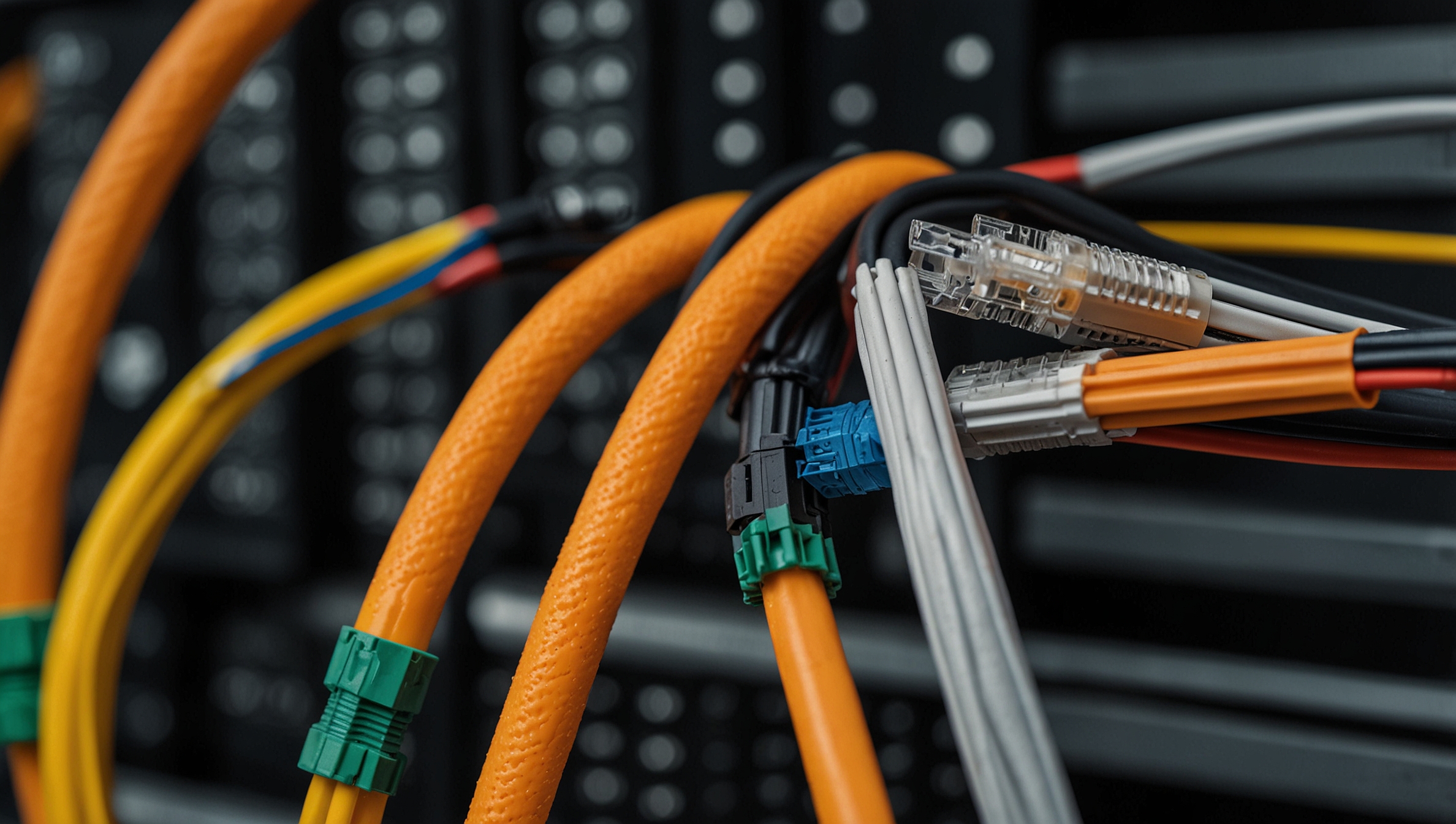In today’s digital world, data centers are the backbone of the internet, powering everything from websites and cloud services to social media platforms and streaming services. A data center is a facility that houses computer systems and associated components, such as telecommunications and storage systems. These centers provide the infrastructure needed to store, manage, and process vast amounts of data.
The evolution of data centers has been closely tied to technological advancements. From the early days of mainframe computers to the current era of cloud computing, data centers have transformed to meet the demands of modern technology. Let’s explore the history of data centers and how they evolved from the 1960s to today.
1. The Early Days: Mainframes and the 1960s
- Mainframe Era: In the 1960s, mainframe computers were the dominant technology, used by government agencies, research institutions, and large corporations for centralized computing.
- Early “Data Centers”: These organizations created specialized spaces, often referred to as computer rooms, where their large mainframe systems were stored. These early facilities required controlled environments with stable power and cooling.
Although data centers did not yet exist in the form we know today, these mainframe computer rooms were the first step toward centralized data storage and processing.
2. The 1970s and 1980s: The Rise of Miniaturization and the First Data Centers
- Miniaturization of Hardware: The introduction of minicomputers in the 1970s made computing more accessible to smaller businesses and institutions, allowing them to house their own servers in dedicated spaces.
- The Birth of Modern Data Centers: During the 1980s, businesses began building purpose-built facilities designed to house multiple computers, storage devices, and networking equipment.
- Emergence of Networking: With the introduction of local area networks (LANs) and wide area networks (WANs), data centers began to connect multiple systems together, enabling faster and more efficient data sharing.
These years marked the beginning of the modern concept of data centers, providing businesses with centralized infrastructure for data storage and processing.
3. The 1990s: The Internet Boom and Co-location Centers
- The Rise of the Internet: The 1990s saw the explosive growth of the internet. With this boom came an increased demand for high-capacity data infrastructure to support websites, email, and other online services.
- Co-location Centers: To meet demand, co-location data centers emerged. In these centers, companies could rent space to house their own servers alongside those of other businesses. This allowed smaller companies to avoid the expense of building their own data centers.
- Networking Advances: Data centers were increasingly used to connect the growing network of users and businesses, allowing for faster data transfer and global communication.
The 1990s saw the shift from simple server rooms to more specialized and shared data center environments.
4. The 2000s: Virtualization and Cloud Computing
- Virtualization: The 2000s brought virtualization technology, allowing multiple virtual machines (VMs) to run on a single physical server. This significantly increased efficiency by maximizing hardware usage.
- The Advent of Cloud Computing: With the rise of cloud services like Amazon Web Services (AWS) and Microsoft Azure, businesses began shifting away from building and maintaining their own data centers. Cloud computing allowed companies to rent storage and computing power from large data center operators, creating on-demand infrastructure.
- Remote Data Access: Cloud computing led to the widespread use of remote data access, meaning businesses no longer needed physical servers on-site to store and process data.
The 2000s saw a transition to highly scalable, flexible infrastructure solutions that could be rented or leased from major cloud providers.
5. The 2010s: Hyper-Scale Data Centers and Edge Computing
- Hyper-Scale Data Centers: Companies like Google, Facebook, and Amazon began building massive hyper-scale data centers, which were capable of processing vast amounts of data and supporting millions of users globally.
- Energy Efficiency: The focus shifted toward energy efficiency and sustainability, with data centers incorporating advanced cooling systems and power management techniques to reduce their environmental impact.
- Edge Computing: With the rise of IoT devices and the demand for real-time processing, edge computing emerged. This technology involves placing computing resources closer to where data is generated, reducing latency and improving performance.
The 2010s brought large-scale facilities capable of supporting the global digital ecosystem, with a new emphasis on performance and energy efficiency.
6. The Future: AI, Sustainability, and the Next Generation of Data Centers
- Artificial Intelligence (AI) and Automation: As AI and machine learning technologies advance, data centers will increasingly rely on AI-driven management systems to optimize operations, reduce energy consumption, and predict hardware failures.
- Sustainability: The next generation of data centers will likely focus even more on renewable energy, such as solar and wind power, and innovative cooling technologies to minimize their carbon footprint.
- 5G and IoT: With the rollout of 5G networks and the explosion of IoT devices, the demand for low-latency, high-capacity data centers will continue to rise. These centers will need to handle the massive amount of data generated by billions of devices.
The future of data centers will focus on sustainability, automation, and the integration of cutting-edge technologies to keep up with an increasingly data-driven world.
Conclusion
Data centers have evolved from small server rooms housing mainframe computers to massive, global hubs of computing power. As technology continues to advance, data centers will remain at the heart of the digital infrastructure that supports our modern world. With the rise of cloud computing, edge computing, and the focus on energy efficiency and sustainability, the future of data centers promises to be as dynamic as the digital world they support.











